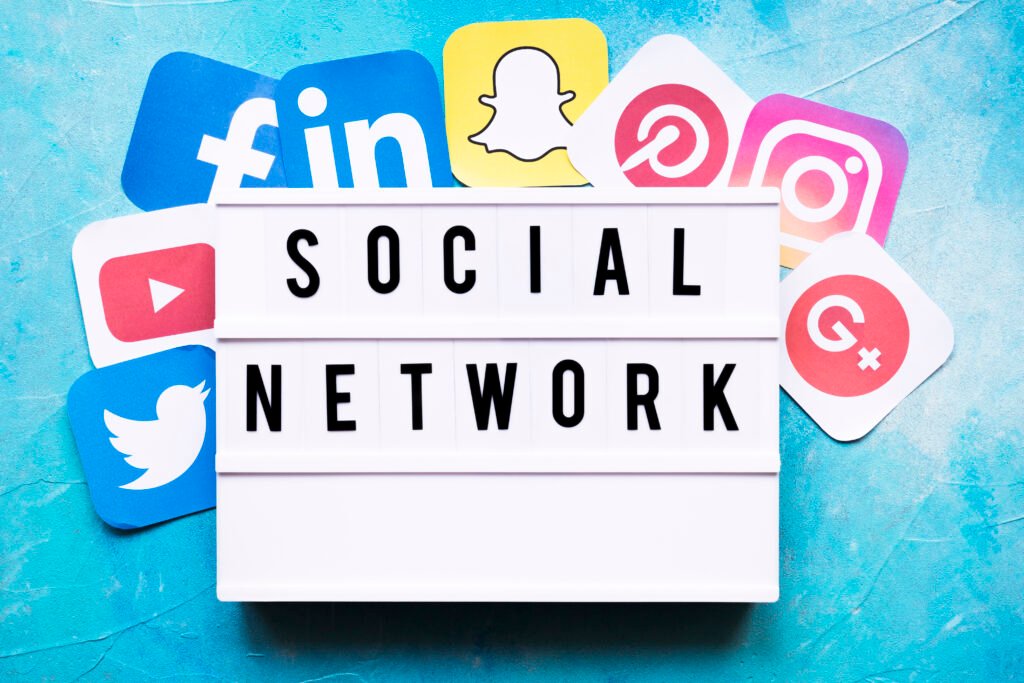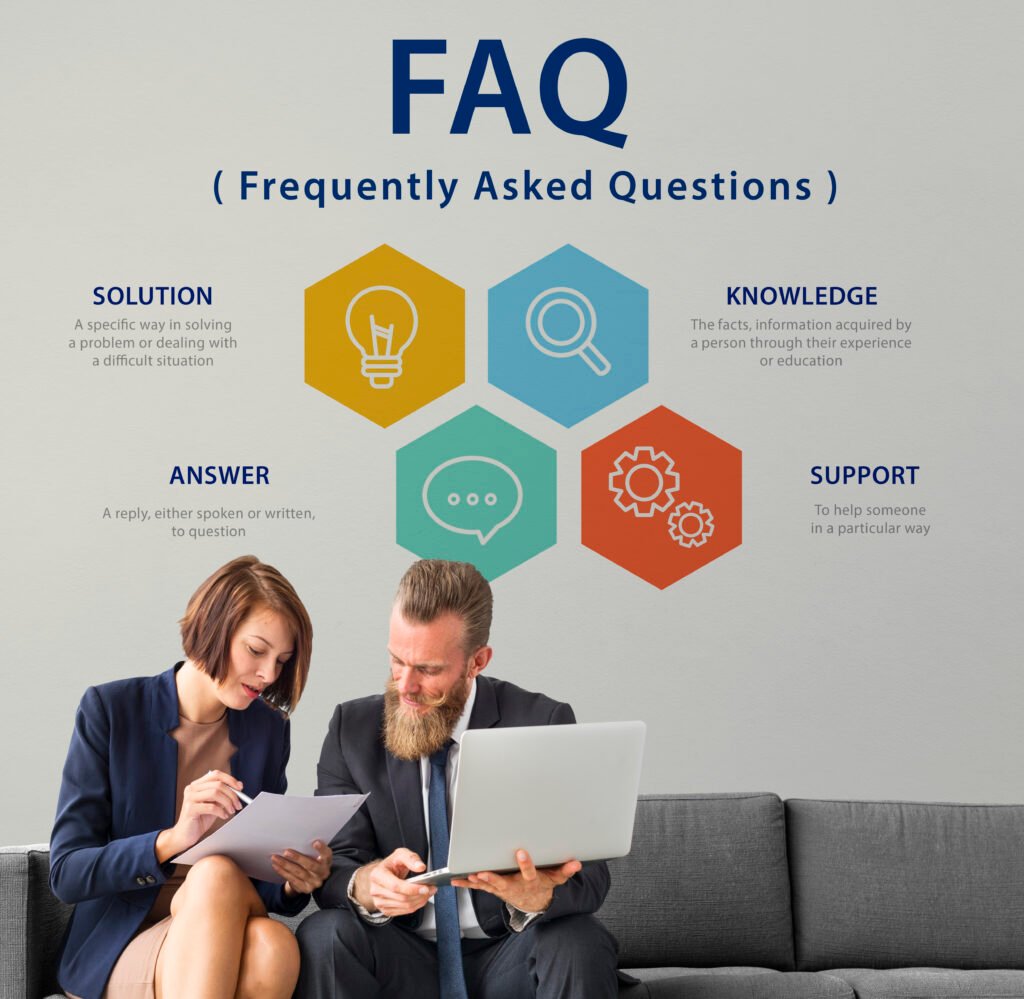Introduction
In today’s fast-paced digital world, growing your business often hinges on your ability to master digital marketing. Whether you’re a small startup or an established company, digital marketing can propel your brand forward, connecting you with customers and boosting your bottom line. But with so many strategies out there, it can be overwhelming to know where to start. That’s why I’ve put together a list of 10 proven digital marketing strategies that can help you grow your business. These strategies, when applied correctly, can significantly enhance your online presence, drive traffic, and increase conversions.
Search Engine Optimization (SEO)


Understanding SEO
Search Engine Optimization, or SEO, is the cornerstone of any successful digital marketing strategy. It’s all about optimizing your website to rank higher in search engine results pages (SERPs), which makes your business more visible to people searching for products or services you offer. Think of SEO as the digital equivalent of putting your store in a high-traffic area.
On-Page vs. Off-Page SEO
SEO can be broadly divided into on-page and off-page strategies. On-page SEO involves optimizing individual pages on your website, focusing on factors like keyword usage, meta descriptions, and internal linking. Off-page SEO, on the other hand, revolves around activities like link building and social sharing, which help to build your site’s authority and credibility. Balancing both is key to a strong SEO strategy.
Benefits of SEO for Long-Term Growth
While SEO might take time to show results, the long-term benefits are undeniable. Higher rankings in SERPs lead to more organic traffic, which is not only cost-effective but also sustainable. Unlike paid ads that stop working the moment you stop paying, the results of good SEO can last for years, providing ongoing visibility and traffic.
Strategy 2: Content Marketing


Creating Valuable and Relevant Content
Content marketing is all about creating and distributing valuable, relevant, and consistent content to attract and engage a clearly defined audience. This could be in the form of blog posts, articles, videos, infographics, or podcasts. The key here is to provide content that answers your audience’s questions or solves their problems, positioning your brand as a trusted resource.
Content Distribution Channels
Simply creating content isn’t enough; you need to ensure it reaches your target audience. This is where content distribution comes in. Whether through social media, email newsletters, or guest posts on other blogs, the goal is to get your content in front of as many eyes as possible. It’s like creating a great product and then placing it in a store where your customers are sure to find it.
Measuring Content Marketing Success
Measuring the success of your content marketing efforts is crucial to refining your strategy. Metrics like website traffic, time spent on page, social shares, and conversion rates can give you insights into what’s working and what needs improvement. Remember, content marketing is a long game, so patience and persistence are key.
Strategy 3: Social Media Marketing


Choosing the Right Platforms
Social media is one of the most powerful tools at your disposal, but it’s important to choose the platforms that align with your business goals. Are you targeting professionals? LinkedIn might be your best bet. Want to reach a younger audience? Instagram or TikTok could be the way to go. Each platform has its strengths, and understanding where your audience spends their time is crucial.
Engaging with Your Audience
Social media is not just about broadcasting your message; it’s about building relationships. Engaging with your audience by responding to comments, participating in discussions, and showing the human side of your brand can foster loyalty and trust. Think of it as the digital equivalent of good customer service.
Leveraging Paid Social Media Advertising
While organic reach on social media is valuable, paid social media advertising can amplify your efforts. With targeted ads, you can reach specific demographics, ensuring that your message lands in front of the right people. This can be particularly effective for driving traffic to your website, promoting special offers, or launching new products.
Strategy 4: Email Marketing


Building an Email List
Email marketing remains one of the most effective ways to communicate directly with your audience. But before you can start sending emails, you need to build a list of subscribers. Offering something of value, like a free eBook or a discount code, in exchange for an email address is a great way to grow your list.
Crafting Effective Email Campaigns
Once you have your list, it’s time to start crafting your email campaigns. Personalization is key here. Address your subscribers by name, segment your audience based on their interests, and tailor your messages accordingly. A well-crafted email can drive traffic to your website, boost sales, and even strengthen customer relationships.
Analyzing Email Marketing Performance
Like any other strategy, measuring the performance of your email marketing campaigns is essential. Keep an eye on open rates, click-through rates, and conversion rates to see what’s resonating with your audience. Use this data to tweak your campaigns and improve future results.
Strategy 5: Pay-Per-Click Advertising (PPC)


How PPC Works
Pay-Per-Click (PPC) advertising is a model where advertisers pay a fee each time their ad is clicked. Essentially, you’re buying visits to your site rather than earning them organically. Google Ads is the most popular PPC platform, but social media platforms like Facebook and LinkedIn also offer PPC options.
Benefits of PPC Advertising
The beauty of PPC is that it delivers immediate results. Unlike SEO, which can take months to bear fruit, a well-executed PPC campaign can drive traffic to your site as soon as it goes live. Additionally, PPC allows you to target specific keywords and demographics, ensuring that your ads reach the people most likely to convert.
Tips for Creating Successful PPC Campaigns
Success in PPC comes down to research and optimization. Start by choosing the right keywords—those with high search volume but relatively low competition are ideal. Next, create compelling ad copy that speaks to your audience’s needs and desires. Finally, continually monitor and adjust your campaigns based on performance data to maximize your ROI.
Strategy 6: Influencer Marketing


Finding the Right Influencers
Influencer marketing involves partnering with individuals who have a significant following in your niche. But it’s not just about the numbers; the influencer’s audience must align with your target market. Use tools like BuzzSumo or AspireIQ to find influencers who are a good fit for your brand.
Building Authentic Partnerships
Authenticity is crucial in influencer marketing. Consumers are savvy and can easily spot inauthentic partnerships. Work with influencers who genuinely believe in your product or service, and allow them the creative freedom to share your brand in a way that resonates with their audience.
Measuring Influencer Marketing ROI
To ensure your influencer marketing efforts are paying off, you need to track key metrics like engagement, traffic, and sales. Use affiliate links or promo codes to track conversions directly attributable to your influencers, and adjust your strategy based on these insights.
Strategy 7: Video Marketing


Importance of Video in Digital Marketing
Video content is becoming increasingly important in digital marketing. It’s engaging, easy to digest, and can convey complex information quickly. Whether it’s a product demo, a behind-the-scenes look at your company, or customer testimonials, video content can significantly boost your marketing efforts.
Types of Video Content
There are many types of video content to choose from, including explainer videos, vlogs, webinars, and live streams. The type of video you create should align with your goals and resonate with your audience. For example, explainer videos are great for educating customers, while live streams can foster real-time engagement.
Optimizing Videos for Maximum Reach
To get the most out of your video marketing efforts, optimize your videos for search and social sharing. Use relevant keywords in your video titles, descriptions, and tags, and include a clear call-to-action. Additionally, make sure your videos are mobile-friendly and load quickly to avoid losing viewers.
Strategy 8: Affiliate Marketing
Understanding Affiliate Marketing
Affiliate marketing is a performance-based strategy where you pay affiliates (often bloggers or influencers) a commission for driving traffic or sales to your website. It’s a great way to leverage the reach of others to grow your business.
Setting Up an Affiliate Program
To start an affiliate marketing program, you’ll need to create an attractive offer for potential affiliates. This might include a competitive commission rate, marketing materials, and ongoing support. Platforms like ShareASale or CJ Affiliate can help you manage your program and track performance.
Managing and Growing Your Affiliate Network
Once your affiliate program is up and running, focus on building relationships with your affiliates. Provide them with the tools they need to succeed and regularly communicate with them to keep them motivated. The more engaged your affiliates are, the more successful your program will be.
Strategy 9: Conversion Rate Optimization (CRO)
What is CRO?
Conversion Rate Optimization (CRO) is the process of improving your website to increase the percentage of visitors who complete a desired action, such as making a purchase or signing up for a newsletter. It’s about making your site more user-friendly and persuasive.
Tactics to Improve Conversion Rates
There are many ways to improve conversion rates, from simplifying your checkout process to adding testimonials and trust badges. A/B testing is also a powerful tool in CRO, allowing you to compare different versions of a page to see which one performs better.
Tools for CRO Analysis
To effectively optimize your conversion rates, you’ll need the right tools. Google Analytics is essential for tracking user behavior, while tools like Hotjar or Crazy Egg can provide insights into how visitors interact with your site. Use these tools to identify pain points and areas for improvement.
Strategy 10: Analytics and Data-Driven Marketing
Importance of Analytics in Digital Marketing
In the world of digital marketing, data is king. Analytics allows you to measure the effectiveness of your strategies, understand your audience, and make informed decisions. Without data, you’re essentially flying blind.
Tools for Data-Driven Decisions
There are many tools available to help you gather and analyze data, from Google Analytics to more advanced options like HubSpot or Mixpanel. These tools can provide insights into everything from website traffic and user behavior to social media engagement and email performance.
Leveraging Data for Continuous Improvement
The real power of analytics lies in using the data to continuously improve your marketing efforts. Regularly review your performance metrics and adjust your strategies based on what’s working and what’s not. This iterative process is key to long-term success in digital marketing.
FAQs


What is the most effective digital marketing strategy?
The most effective strategy varies depending on your business and goals, but SEO and content marketing are generally considered foundational.
How can small businesses benefit from digital marketing?
Small businesses can benefit by reaching a broader audience, competing with larger companies, and achieving measurable results without a large budget.
How long does it take to see results from digital marketing?
Results can vary, but SEO and content marketing typically take a few months, while PPC and social media advertising can yield faster results.
Is social media marketing necessary for all businesses?
While not necessary for all, most businesses can benefit from a social media presence, especially if their target audience is active on those platforms.
How do I measure the success of my digital marketing efforts?
Success can be measured through various metrics such as website traffic, conversion rates, social media engagement, and return on investment (ROI).


